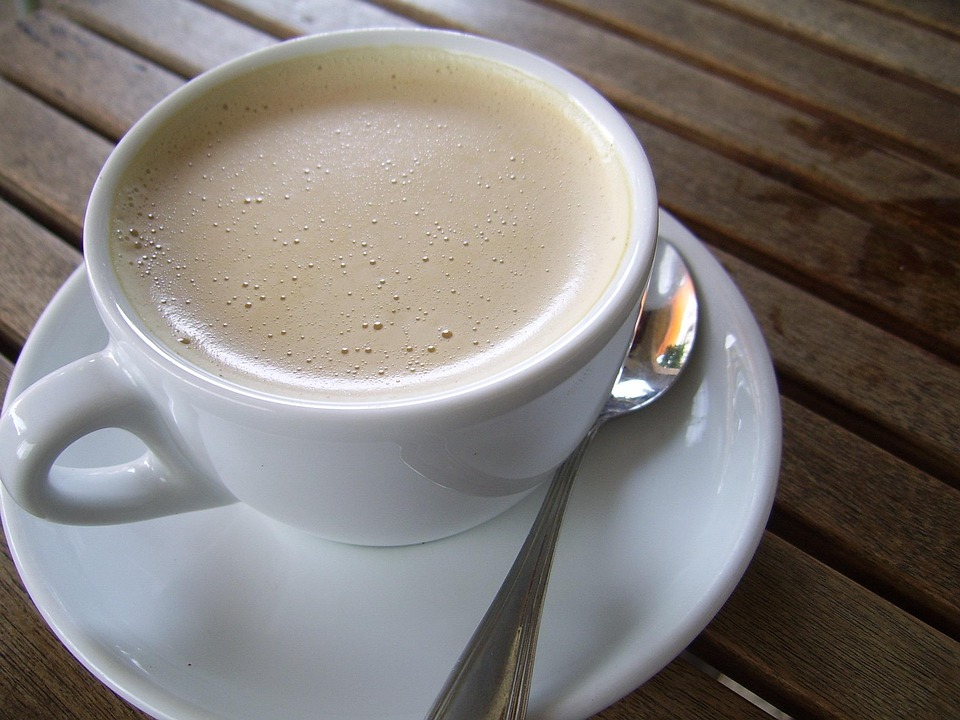Introduction
Indonesia is renowned for its rich cultural diversity, stunning landscapes, and delicious cuisine. Among its treasures is its coffee, which offers a captivating array of flavors that coffee enthusiasts worldwide have come to appreciate. The unique climate, diverse altitudes, and cultivation methods across various islands contribute to the distinct characteristics of Indonesian coffee.
The Coffee Growing Regions of Indonesia
Indonesia’s coffee is grown in several key regions, each renowned for its unique contributions to the coffee profile. Some of the major coffee-producing islands include:
- Sumatra: Known for its bold and earthy flavors, Sumatra coffee often exhibits a full body and low acidity.
- Java: Famous for its smooth and balanced flavor profile with hints of chocolate and spice.
- Bali: Recognized for its sweet and fruity notes, often featuring a lighter body.
- Sulawesi: Offers complex flavors with bright acidity and rich body, often with herbal or floral undertones.
Popular Indonesian Coffee Varieties
Several coffee varieties are extensively cultivated in Indonesia, each bringing its unique taste and aroma. Here’s a closer look at some popular types:
1. Arabica Coffee
Arabica is the most prized coffee variety in Indonesia, known for its gentle acidity and complex flavor profile. The high altitudes of regions like Sumatra and Java allow Arabica beans to develop rich flavors, often with notes of chocolate, nuts, and fruits. For a deeper dive into Indonesia’s specialty Arabica, check out this insightful article.
2. Robusta Coffee
Robusta coffee is another significant variety, known for its higher caffeine content and stronger, more bitter taste. Often used in espresso blends, Indonesian Robusta has a robust body and earthy flavors, making it a favorite for coffee lovers who appreciate depth and intensity.
3. Liberica Coffee
While less common than Arabica and Robusta, Liberica is unique to Indonesia. It features a floral, fruity profile with a distinct woody aroma. This variety is celebrated for its boldness and complexity, appealing to adventurous palates.
The Processing Methods
The way coffee is processed significantly impacts its final flavor. Common processing methods in Indonesia include:
1. Wet Process
The wet process involves fermenting the coffee cherries in water, which removes the outer fruit layer. This method often results in a cleaner taste and brighter acidity, prominently used for Arabica coffee.
2. Dry Process
In this traditional method, cherries are dried in the sunlight before removing the outer layers. This technique enhances the earthy and sweet flavors, making it popular for Robusta coffee.
3. Semi-Washed Process
This unique Indonesian method involves removing the outer skin of the cherries before they are dried. It contributes to a rich body and distinct flavor profile, especially characteristic of Sumatran coffees.
Tasting Notes and Pairing Suggestions
Tasting Indonesian coffee can be an exhilarating experience thanks to its rich and diverse flavor profiles. Here are some key notes and food pairings to enhance your coffee-drinking experience:
1. Sumatra Coffee
Sumatra coffee often features earthy and spicy notes. Pair it with dark chocolate, roasted nuts, or hearty desserts like brownies for a complementary experience.
2. Java Coffee
Java’s smooth and well-balanced flavor makes it versatile. It pairs well with pastries, croissants, or even a savory breakfast like eggs and cheese.
3. Bali Coffee
Bali coffee’s sweet and fruity notes make it an excellent match with light desserts, tropical fruits, or even a delightful fruit salad.
4. Sulawesi Coffee
Sulawesi coffee presents a complex flavor that goes well with spicy dishes or Asian cuisine, adding depth to the meal with its herbal undertones.
Conclusion
Exploring Indonesian coffee is much more than merely enjoying a cup; it’s about understanding the rich history, diverse growing regions, and unique processing methods that create its multitude of flavors. From the boldness of Sumatra to the sweet notes of Bali, each variety has its own story to tell, making Indonesia a notable player on the global coffee stage. Whether you’re a coffee aficionado or a casual drinker, delving into the world of Indonesian coffee can offer a unique sensory experience that is bound to tantalize your taste buds.
FAQs
1. What is the best Indonesian coffee variety?
The best variety depends on personal taste. Arabica is often praised for its complex flavors, while Robusta is favored for its boldness and stronger caffeine content.
2. How should I brew Indonesian coffee?
Brewing methods can vary, but common approaches include French press, pour-over, and espresso. Each method can highlight different flavor aspects of the coffee.
3. Where can I purchase Indonesian coffee?
Indonesian coffee can be found at specialty coffee shops, online retailers, and international markets. Look for labeled origins to ensure authenticity.
4. Is Indonesian coffee organic?
Many coffee farms in Indonesia practice organic farming, but it varies by producer. Look for certifications on packaging to ensure organic quality.
5. How can I store Indonesian coffee beans?
To preserve freshness, store beans in an airtight container in a cool, dark place. Avoid refrigeration to prevent moisture buildup.





